release time:2022-10-11 13:17:00
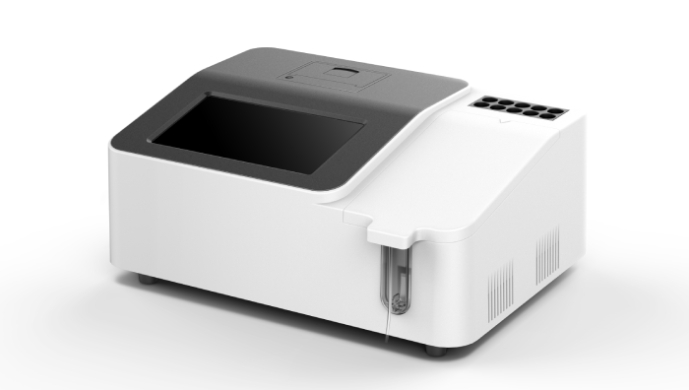
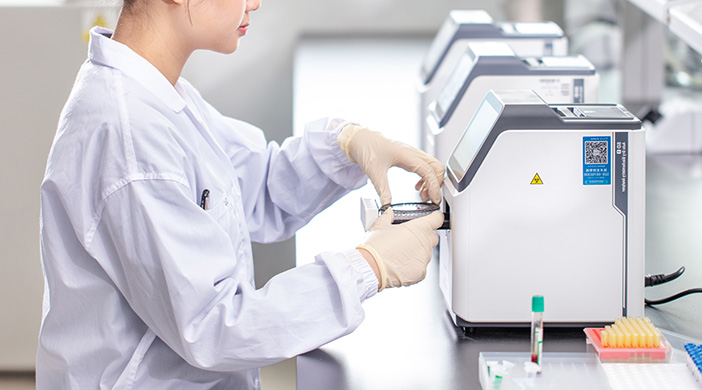
The current mainstream discrete automatic biochemistry analyzers can be programmed in the same way as manual operation. And a rhythmic mechanical operation is used instead of manual. Each link is connected with transfer belt and operated sequentially. The biggest advantage of this instrument is its speed, low cross-contamination and many test items.
Wet chemistry is an ordinary chemical reaction. It is a chemical reaction that occurs when liquid reagents and samples are added to the reaction vessel and mixed. Dry chemistry is the opposite. Dry chemistry uses a solid phase reagent technique with multilayer films. The liquid sample is simply added directly to a reagent carrier that has been solidified in a special structure, i.e., dry chemistry. The water in the sample is used as a solvent to dissolve the reagents cured in the carrier and then chemically react with the components to be measured in the sample. Thus, the analytical determination is performed.
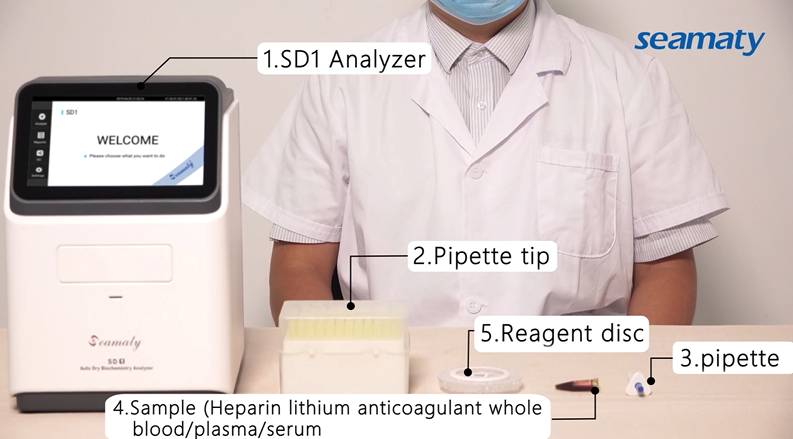
Dry biochemical analyzer, because of its rapid test, simple operation and accurate results, can be used for biochemical testing in a variety of settings. These biochemistry machines are generally used for POCT. the instruments are small in size and can produce blood test reports in ten minutes. They are widely used in small hospitals, outpatient and emergency departments of large and medium-sized hospitals, medical examination centers, community, rural and other primary health care institutions.
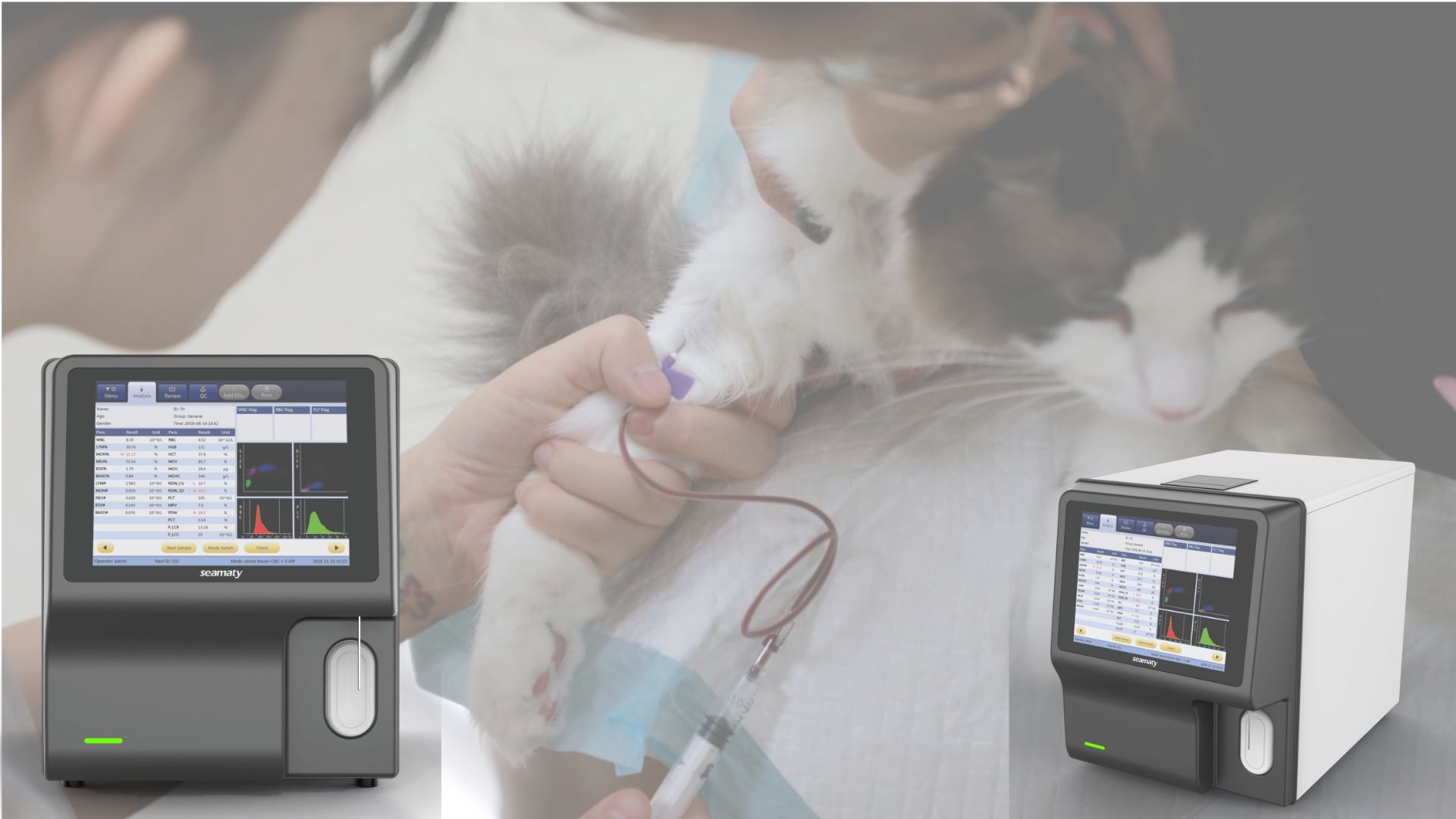
2023-07-21
Explore the vital role of hematology in veterinary care and the advancements in blood analysis technology. Learn about 3-part vs. 5-part analyzers, and how they revolutionize pet healthcare, ensuring accurate diagnoses and improved treatment for your furry friends.
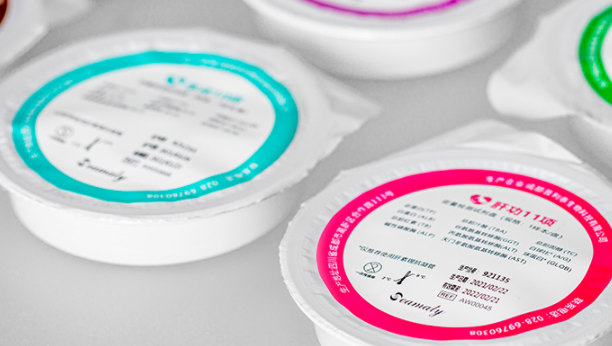
2022-03-04
In order to check the suitability of pets for surgery, Seamaty has introduced a pre-operative biochemical test kit for pets - "10 Pre-operation Test Parameters".

2022-02-22
Different manufacturers of various models of biochemistry analyzers use pure water to meet national requirements. The following is the impact of unqualified pure water on the biochemistry analyzer.